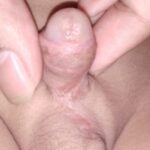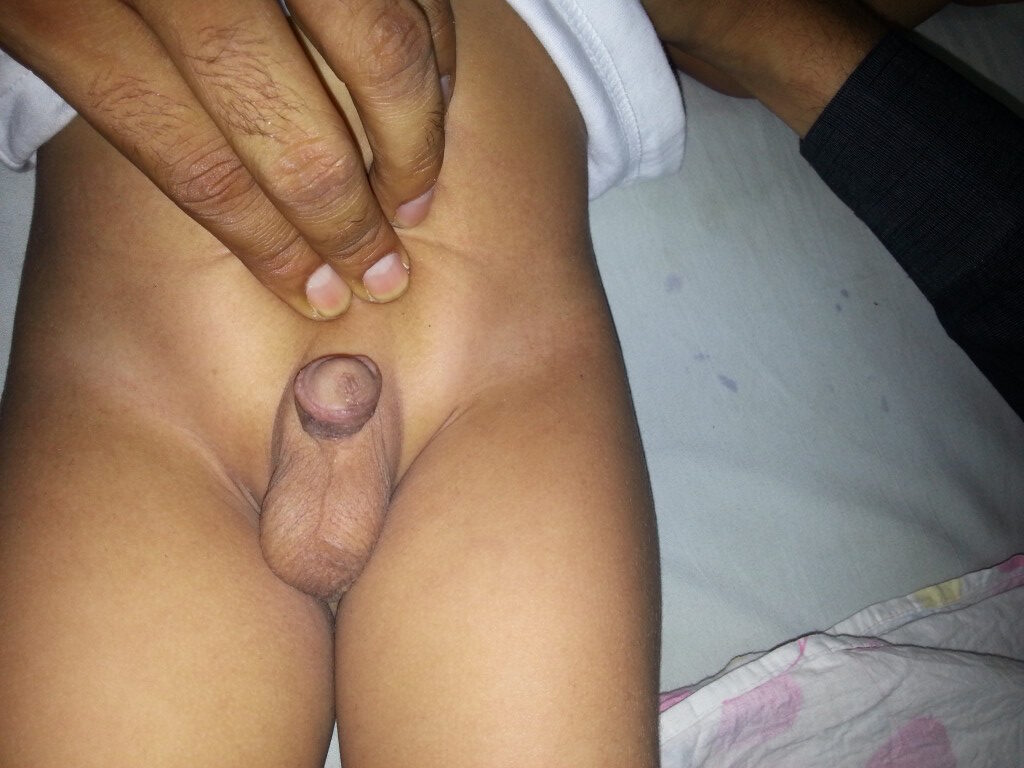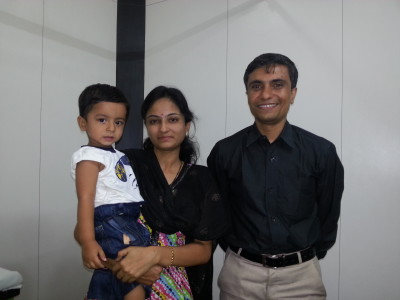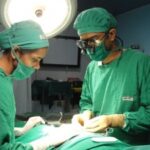Hypospadias Foundation starts Clinic for Hypospadias Treatment & Surgery in Bahrain
10-month child was brought with complaints of deviation of urine stream and abnormal location of meatus. On clinical examination there was distal penile hypospadias with severe penile torsion measuring 90 degrees to the left. We planned a single stage correction for both Penile torsion and distal penile hypospadias.

Notice Penile torsion to left
Distal Hypospadias with Penile torsion
Surgery Steps:
Marking of the degloving incision. Local anaesthesia was infiltrated at the marked incision site. Complete degloving was done and chordee was assessed using artificial erection test. 30-degree chordee was noted. Chordee correction was done by Tunica albuginea plication at 12’O clock on the dorsal side. Following this correction, chordee was reassessed and no chordee was noted. Urethroplasty was started by incising urethral plate in the midline. Urethroplasty was done over a 7Fr Infant feeding tube with 6-0 PDS continuous sutures. Dartos flap was harvested for extra coverage over urethroplasty which was sutured using 6-0 PDS. Penoscrotal web correction was also done. Excess skin excised and sutured using 5-0 vicryl rapide. Skin flaps were rotated and adjusted to correct the penile torsion and sutured all around using 5-0 vicryl rapide. Dressing and catheter were in situ for 7 days. Following 7 days, dressing and catheter was removed.

Finished Hypospadias and Penile torsion surgery

Final outcome of correction of penile torsion and hypospadias
Results
The Final result was very gratifying with a straight penis without any torsion. The child was passing urine in good stream in straight axis without any discomfort or pain.
About Hypospadias repair and penile torsion
Penile torsion is a condition wherein the penis is rotated or twisted on its axis. The penile torsion is more commonly to the left. Many a time penile torsion may not be detected till a circumcision is planned or foreskin is retracted.
Penile torsion may be associated with hypospadias and/or chordee (penile curvature). With hypospadias, penile torsion is mostly associated with distal penile cases.
Based on the degree of glanular rotation, penile torsion can be classified as mild, moderate, and severe. It is mild if its less than 45 degree, moderate if it’s between 45-90 degree and severe if more than 90 degree.
Penile torsion in majority of cases (>85%) is between 10 to 20 degree. If it is a moderate or severe degree of torsion, urine stream may be deviated to one side.
Surgical intervention is not always required in isolated penile torsion. The indications for surgical correction are cosmetic, functional, or sexual. When penile torsion is associated with hypospadias, it should be corrected along with Hypospadias repair or urethroplasty at the same time.
About Hypospadias Foundation
Hypospadias foundation is a centre which provides personalized and best quality care for children and adults with hypospadias. It is one of the best hospital centres in India and world for surgical treatment for hypospadias in adults and children. Our dedication in the field of hypospadias has helped us achieve excellent outcomes in these patients. We treat children and adults not only from various parts of India but also from more than 25 countries all over the world. Hypospadias foundation is located at MITR hospital in Kharghar, Navi-Mumbai, Maharashtra, India. Every year more than 200 surgeries for hypospadias are performed at MITR hospital and Hypospadias Foundation
Contact us:
For appointment kindly contact us at the contact details given below.
- MITR hospital & Hypospadias Foundation, Kharghar, Navi Mumbai, India
- MITR Clinic: C1/8 Ground floor, Sector-2, VashiCall
Call for appointments: +91-2227743558/ 27744229/ 39/69 and +919324180553.
Or you can fill up this form- Contact form for Dr Singal





